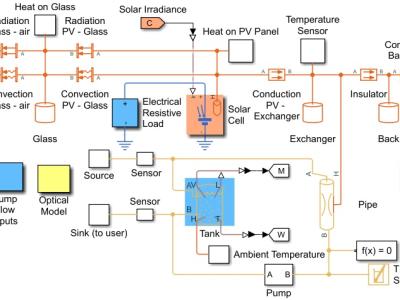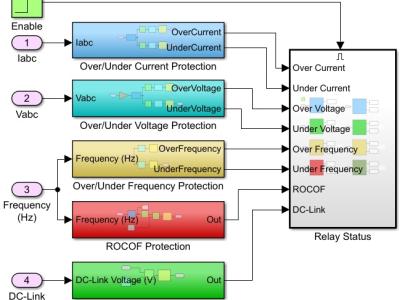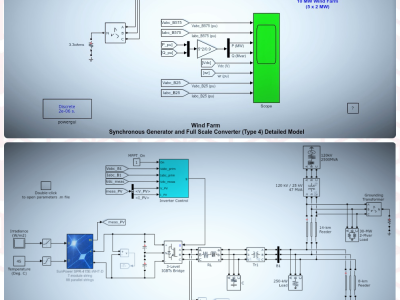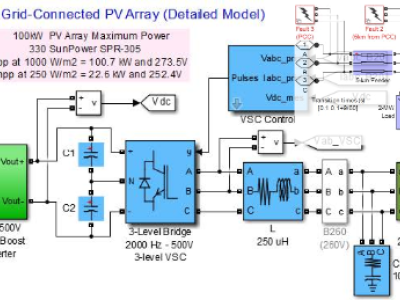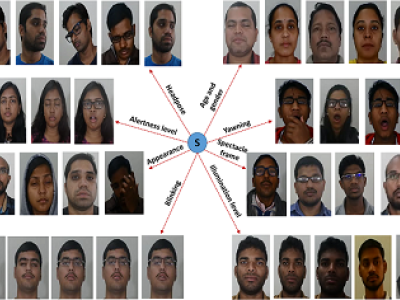Comparative Analysis of the Perturb-and-Observe and Incremental Conductance MPPT Methods
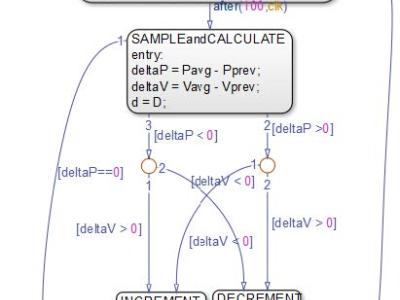
- Citation Author(s):
-
Marcel Istrate (Gheorghe Asachi Technical University of Iasi)
- Submitted by:
- Ioan Banu
- Last updated:
- DOI:
- 10.21227/H2JD0F
- Data Format:
- Research Article Link:
- Links:
Abstract
This work aims to implement in Matlab and Simulink the perturb-and-observe (P&O) and incremental conductance Maximum Power Point Tracking (MPPT) algorithms that are published in the scientific literature. The main objective is to determine which of these two methods are the most suitable for MPPT control in order to establish an optimal algorithm if is desired undertake analysis of power depending on solar radiation (irradiance) and respectively function of temperature taking into account the modification of change of duty cycle parameter that enter in the MPPT control algorithms of the considered model of photovoltaic (PV) system.
The PV system model used for simulation consists of the PV panel, variant subsystem of irradiance, buck converter and variant subsystem of MPPT controller. Considering the optimal rapport between time of simulation, step change response of buck converter and the maximum power obtained, the best result for P&O and incremental conductance MPPT methods are obtained at the step change of duty cycle deltad=8 ms of MPPT controller.
The incremental conductance algorithm is superior compared with P&O both at power obtained as well as at step recovery of power and variation of temperature.
First are simulated the P&O and incremental conductance algorithms using a step variation of irradiance at ambient temperature and different values of the step change of duty cycle of implemented MPPT algorithms.
Afterwards are given the simulation result for two different irradiance and temperature levels at the optimum step change of duty cycle previously established.
The simulation results are presented in parallel for both MPPT methods at the same step change of duty cycle.
Please cite my paper in your work:
I. V. Banu, R. Beniugă and M. Istrate, "Comparative analysis of the perturb-and-observe and incremental conductance MPPT methods," 2013 8TH INTERNATIONAL SYMPOSIUM ON ADVANCED TOPICS IN ELECTRICAL ENGINEERING (ATEE), Bucharest, 2013, pp. 1-4. doi: 10.1109/ATEE.2013.6563483
URL: http://ieeexplore.ieee.org/stamp/stamp.jsp?tp=&arnumber=6563483&isnumber=6563346
Instructions:
1. Open the .slx file (PVArray_DC_DC_Buck_MPPT.slx) in Matlab 2012b or a newer version.
2. Default settings of "PVArray_DC_DC_Buck_MPPT.slx" Simulink model are given in Model Proprieties: File -> Model Proprieties -> Model Proprieties -> Callbacks -> PreLoadFcn* as follow:
load('25PVArrayExperimentalData.mat');
MPPT_IncCond=Simulink.Variant('MPPT_MODE==1')
MPPT_PandO=Simulink.Variant('MPPT_MODE==2')
MPPT_MODE=1
Constant_800=Simulink.Variant('Irradiance_Mode==1')
Constant_1000=Simulink.Variant('Irradiance_Mode==2')
Step=Simulink.Variant('Irradiance_Mode==3')
Irradiance_Mode=2
3. To run the "PVArray_DC_DC_Buck_MPPT.slx" Simulink model with P&O algorithm activate "MPPT_PandO=Simulink.Variant" at the Matlab command prompt by setting the "MPPT_MODE" with "2": "MPPT_MODE=2". Use the same procedure to change "Irradiance_Mode". To simulate the PV Array at 70°C use the command: "load('70PVArrayExperimentalData.mat');"
*For more details about Variant Subsystems see the Matlab Documentation: https://www.mathworks.com/help/simulink/examples/variant-subsystems.html
 3612 views
3612 views




